Few racing cars have achieved as much success as the Lexus LC 500 did in a short span of just three years in the Japanese Super GT series, says Rachit Thukral.
Introduced in 2017 to coincide with the launch of Lexus’ new road-going coupe of the same name, the LC 500 was tasked with taking on its fellow rivals in Japan, the Honda NSX and the Nissan GT-R.

And the LC 500 delivered the goods, going on to become an icon of Lexus’ illustrious history in the Japanese series.
The key to the initial success of the LC 500 can be traced down to a major change of regulations in Super GT, which cut downforce levels by as much as 25%. Such a major shift usually presents the manufacturers with an opportunity to march ahead of their rivals – and that’s exactly what Lexus managed to do with the LC 500.

At its very debut at the Okayama Circuit, home of the Pacific Grand Prix from 1994-95, the six Lexus LC 500s locked out the top six positions in a level of dominance previously unseen in Super GT.
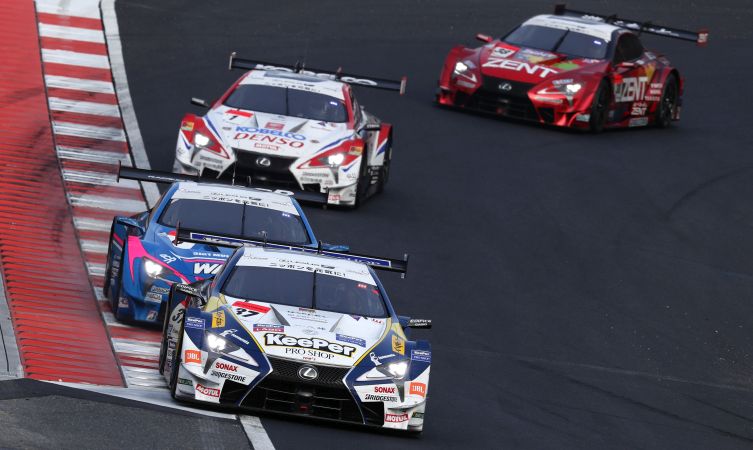
Although the Balance of Performance system meant that such an out-and-out domination was always going to be hard to replicate, Lexus remained the benchmark for the rest of the season, winning four of the remaining seven races. It also clinched the championship honours, with TOM’S duo Nick Cassidy and Ryo Hirakawa becoming the series’ youngest title winners in the #37 LC 500.

In 2018, Honda made massive strides with its engine to gain a runaway advantage, but Lexus put up a stunning fight all through the year, taking the championship fight to the final round of the season. Ex-F1 champion Jenson Button and Japanese racing star Naoki Yamamoto eventually prevailed for Honda after a titanic showdown, but Cassidy and Hirakawa drew plenty of plaudits for finishing just three points behind.
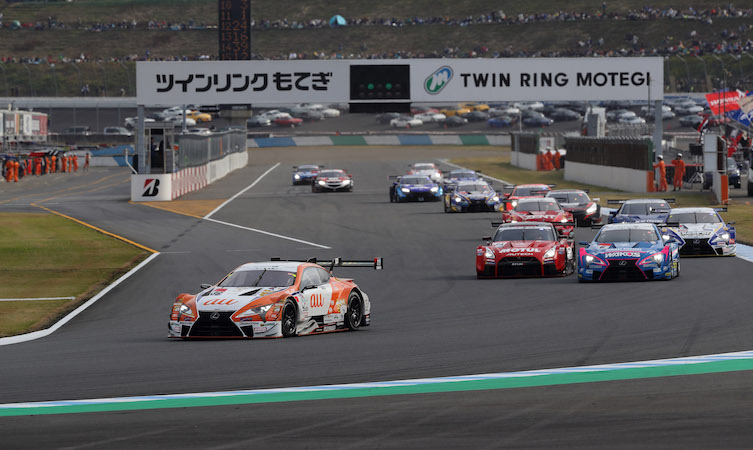
After the defeat, Lexus worked hard behind the scenes to come up with an even more potent challenger and recoup lost ground. And the effort paid dividends – the 2019-spec LC 500 turned out to be a class above the rest in race trim and ended the year with five victories, including three podium lockouts.
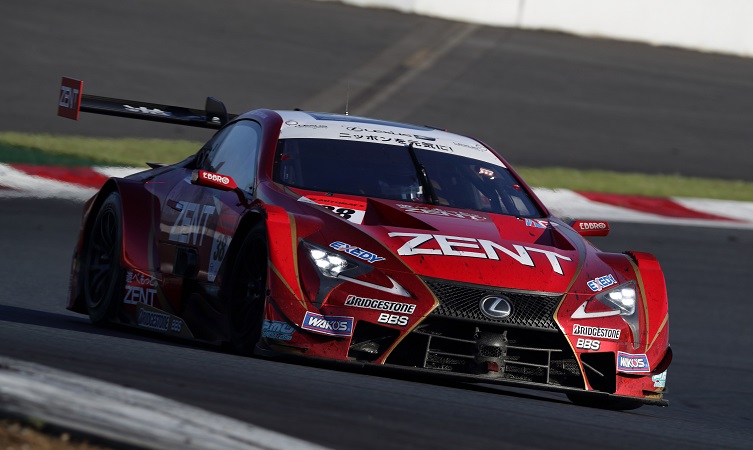
Such was the LC 500’s superiority that only Lexus teams contended for the title that year, with Honda and Nissan runners completely thrown out of the championship picture.
The intra-Lexus fight in 2019 was eventually decided in the favour of youngster Kenta Yamashita and Kazuya Oshima, the Team LeMans crew coming on top in a thrilling scrap with Cassidy and Hirakawa.
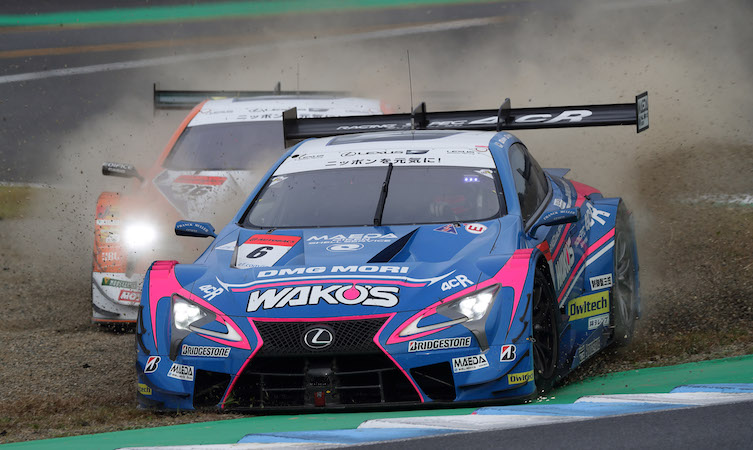
That final race saw Lexus secure the top four positions, marking a fitting end to LC 500’s three-year tenure in the series.
When Lexus introduced the LC 500 back in 2017, it had to build a car that could be considered a worthy successor to the RC F, which won the previous year’s drivers’ title with Heikki Kovalainen and Kohei Hirate.
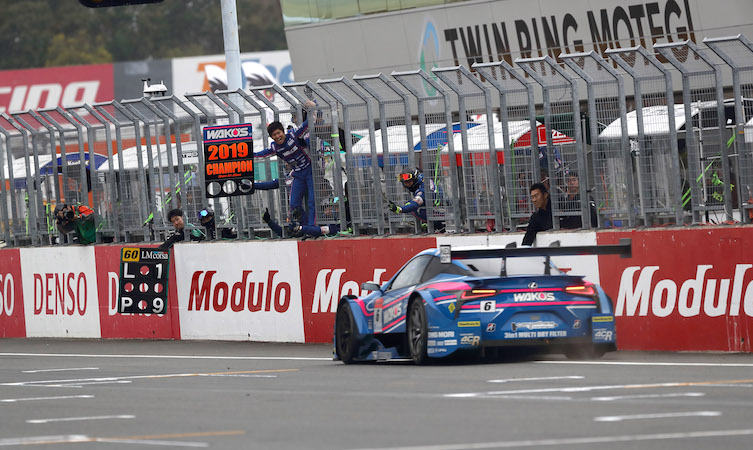
Three years and two championships later, it is fair to say that Lexus built something far better. The Toyota GR Supra will certainly have a tough act to follow in 2020.
Lexus LC 500 Super GT: Technical Specifications
Engine: Lexus RI4AG 2,000 cc turbocharged inline-4 cylinder
Power: 650 bhp
Transmission: 6-speed sequential semi-automatic gearbox
Chassis: Carbon fibre monocoque
Weight: 1020kg
Dimensions (length/width/height): 4960 x 1950 x 1220mm
Wheelbase: 2750mm



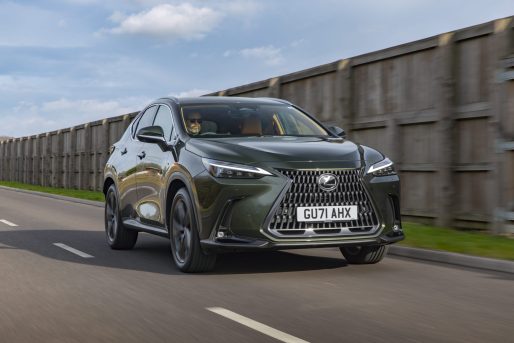

I’m late but this was a great article. I’m on my second LC 500 and it is an absolutely sensational vehicle. Late congratulations to the teams!
Hello Mike,
Thank you for your kind words.
We wish you many more happy miles in your LC.
Thanks.